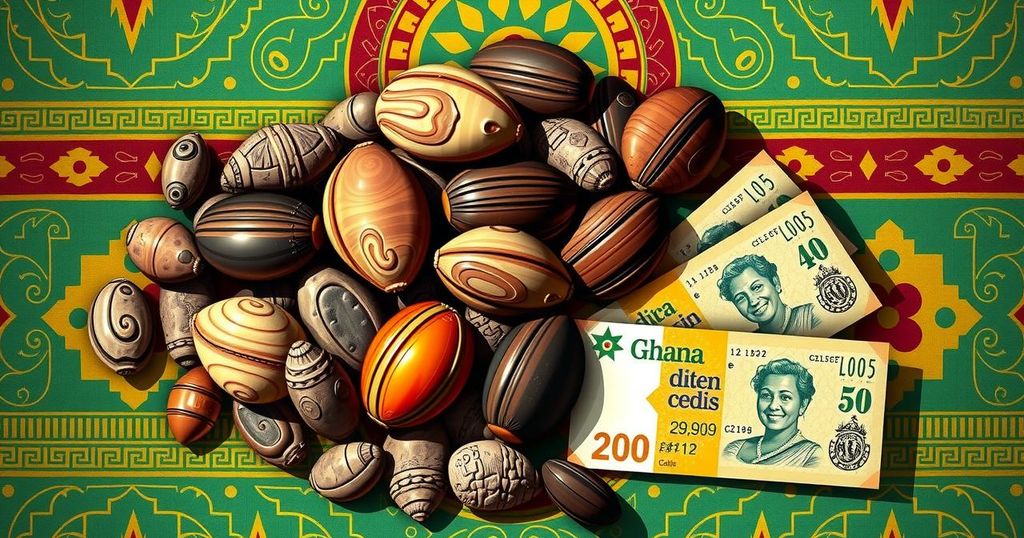This article outlines the evolution of Ghana’s currency, highlighting the transition from pounds and shillings to cedis and pesewas post-independence, the decision to adopt a decimal system in 1957, and the redenomination of the currency in 2007. It provides insights into the historical significance of the cedi and its impact on Ghana’s economy.
Ghana currently utilizes cedi notes and coins as its legal tender. Following its independence from British colonial rule, the country transitioned from the Ghana pounds, shillings, and pence to the cedi on July 19, 1965. Previously, the West African Currency Board served as the main currency system for trading in the sub-region from the early 1940s until 1954.
In 1957, Ghana decisively moved away from the British Colonial Monetary System, adopting the decimal system. The initial cedi notes and pesewa coins were equivalent to eight shillings and four pence and featured the likeness of Dr. Kwame Nkrumah, Ghana’s first president. The term ‘cedi’ stems from the Akan word ‘sedie,’ referring to cowrie shells, which were once a widely accepted form of currency in the 19th century.
The smallest denomination, ‘pesewa,’ replaced the British colonial penny and represented the gold-dust currency era. In 2022, Wonder Ami Hagan, host of People & Places on GhanaWeb TV, visited the Ghana National Museum, where exhibits showcased currency notes from colonial times to present.
The museum’s guide highlighted the evolution of Ghana’s currency, noting that after several phases, the last redenomination occurred on July 1, 2007, during John Agyekum Kufuor’s administration, promoting the idea that “the value will be the same.” However, opinions vary on whether this redenomination successfully maintained value, with some analysts suggesting it weakened the cedi against the US Dollar.
This redenomination changed the exchange rate to ten thousand cedis equating to one Ghana cedi. The government and the Bank of Ghana cited difficulties in accounting, record maintenance, and data software issues as motives behind the redenomination.
In summary, the transformation of Ghana’s currency from the pounds, shillings, and pence to the current cedi notes and coins reflects a significant historical shift post-independence. Key milestones, such as the adoption of a decimal system and the 2007 redenomination, highlight the evolution of Ghana’s monetary system. While debates continue regarding the effectiveness of these changes, they mark an important journey in the nation’s economic history.
Original Source: www.ghanaweb.com






